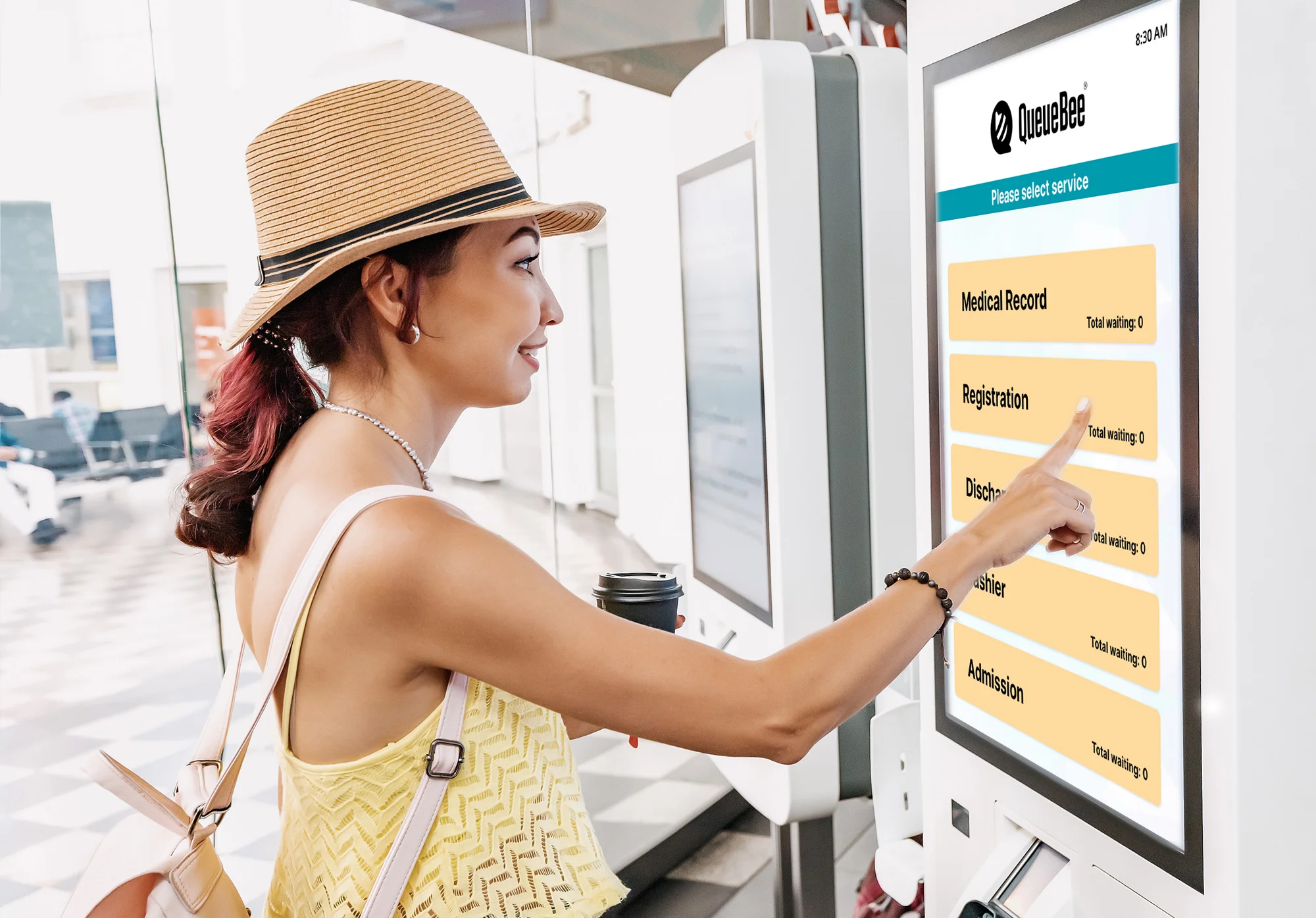Queueing theory is a field of study that examines the dynamics of queues. In essence, it seeks to understand and analyse all aspects of situations where individuals or entities must wait for service, including wait times, queue lengths, and service capacity.

A queue system is a structured framework comprising customers requiring service, service facilities (servers), and rules governing customer arrivals and service order. Simple examples include queues at supermarket checkouts, cinema ticket counters, or vehicles at traffic lights.

Individuals or entities requiring service.
The facility providing the service.
The area where customers wait for service.
Rules governing the order of service, such as FIFO (First In, First Out).
The duration customers spend in the queue.
The time required to serve one customer.
Queueing theory has numerous real-world applications, including:
Selecting the appropriate queue system depends on your business type, customer volume, and service offerings. Consulting with experts or queue system vendors can provide tailored recommendations.
Technology-based queue systems offer greater efficiency by automating processes, reducing wait times, and boosting productivity. They enhance customer experiences by providing estimated wait times, allowing customers to engage in other activities while waiting. Additionally, these systems collect valuable data on queue performance, enabling future improvements.

Ready to revolutionise your customer service? Discover how QueueBee’s Queue Management and Appointment Booking Systems can transform your business operations. Contact us today for personalised solutions!